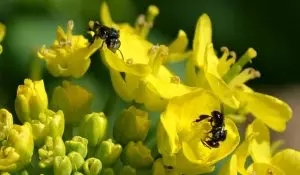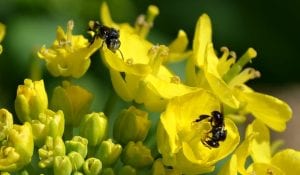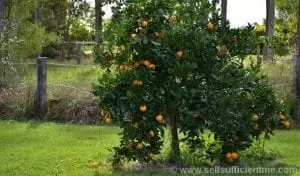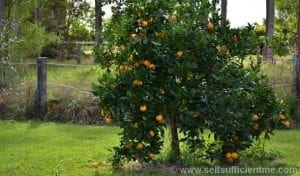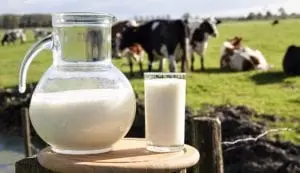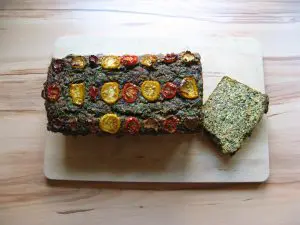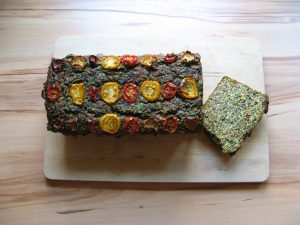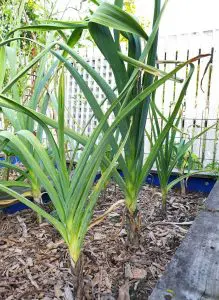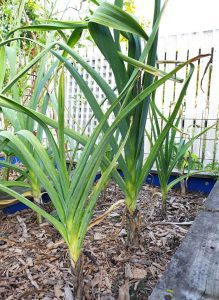Summer in Australia is supposedly the prime growing season. Plants grow the quickest in summer. In theory, they produce better, are healthier, and are easier to look after. Watering is required less often because there is good rain. All we have to do is arrive in the garden with a harvest basket & cutting implement in hand and take what we want. Hopefully, there will also be enough spare produce to make delectable preserves like those in Marks’ recent videos. Preserving is an excellent way to use all those ‘not so perfect’ vegetables and fruits.
But is summer actually the best growing season in the subtropics? I’m sure if you look around your garden right now, there will be at least one issue, failure, growing mistake, adventurous pest or weed confounding your every attempt to call it to heel.
I have been gardening in subtropical south-east Queensland for over 30 years now, and to me summer is not necessarily the easiest in the garden. Here are my top tips for getting your garden (and you!) through the season.
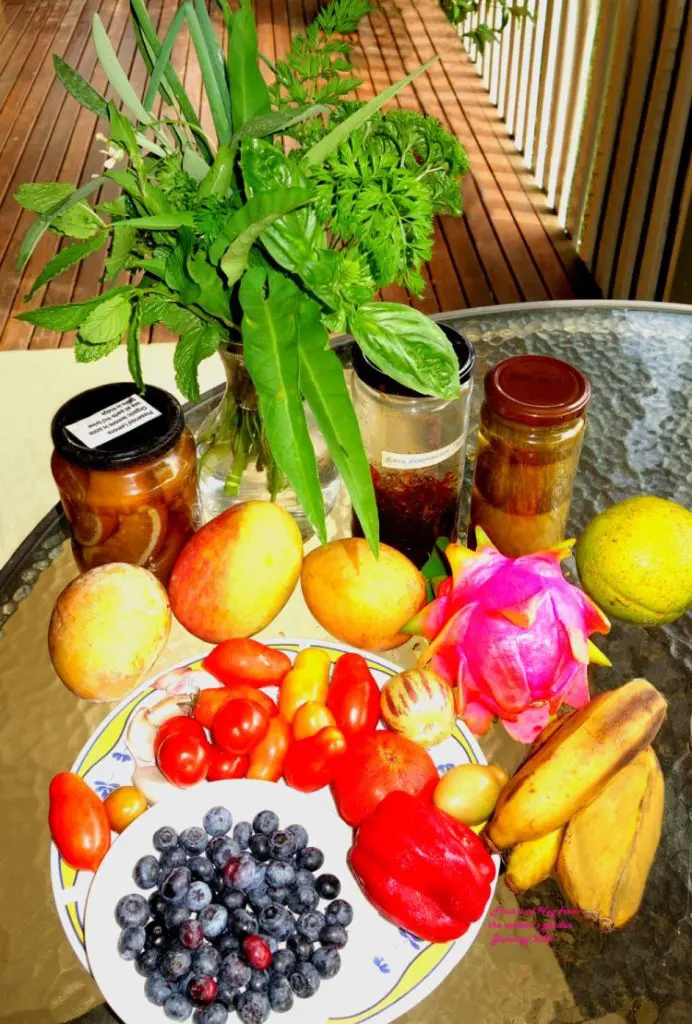
The first issue (that happens to me a lot) is growing medium drying out before the end of the day. If you are lucky enough to have well-balanced soil that’s rich in organic matter, you may not have this problem. But most people have less than perfect soil, and everyone grows in pots to some extent. Plants transpire enormous volumes of moisture on days that are extremely hot with a breeze and little cloud cover. Mature plants and those in fruiting mode will easily consume every drop of moisture held in their containers in summer, so are likely to need watering twice a day in the hottest weather.
Lack of fertiliser can be an issue for container plants in summer. With the extra rain and hand watering, nutrients quickly wash out of the soil. This will happen to soils in all kinds of garden beds, but containers suffer the most. To combat this, apply small amounts of fertiliser regularly. You can also periodically change the type of fertiliser you are using. Foliar fertilisers can be beneficial during wet periods. Having a spray bottle of fertiliser ready to go will help you get mature fruiting plants through any shortfall due to the extra water. Spray fertiliser is easy to use, plus it will be absorbed more quickly.
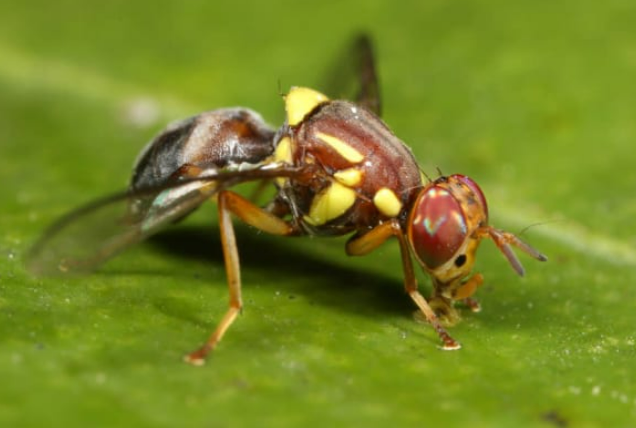
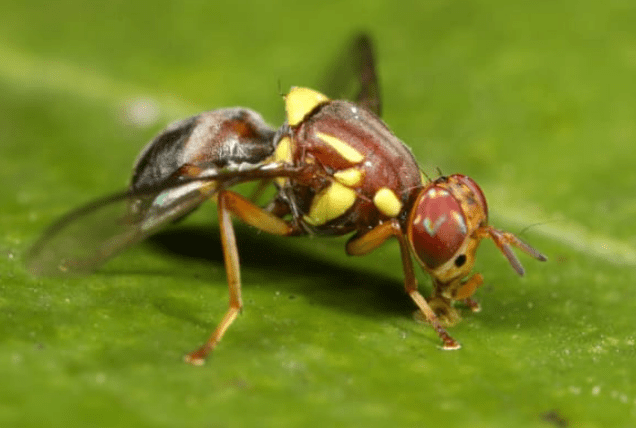
Pests and diseases are major problems in the subtropical summer garden. I have about 5 types of regularly used sprays in labelled bottles that I keep close to hand. They are them hanging on the side of a container, where they are easily accessible but always in the shade. I find that if I have the sprays ready to go, I’ll use them more often and my garden is all the better for it.
When I have an influx of little stripy green grasshoppers, I’ll use the garlic spray I have prepared. If I don’t get on to them immediately, they make quick work of brassicas, beans and flower leaves. The same goes for a bottle of dipel (the brand name for bacterius thuringiensis) and white cabbage butterflies. Dipel, a biological insecticide, works by making toxins that target insect larvae when eaten. The toxins break down the gut of the larvae, and they quickly die of infection and starvation. Dipel works on a number of insects, including black flies, beetles, mosquitoes, caterpillars and moths.

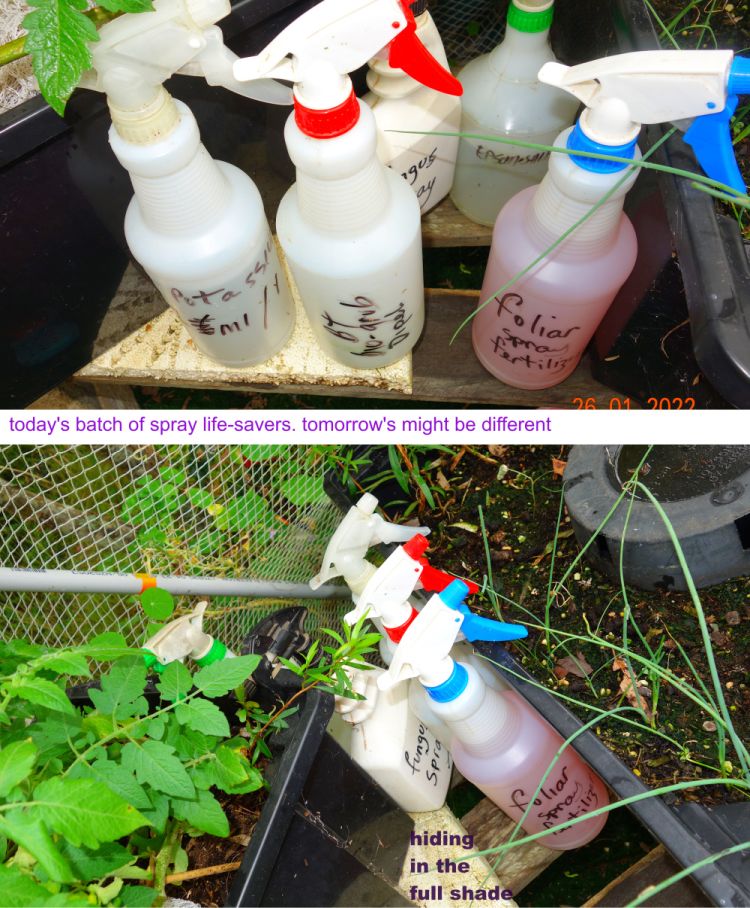
Other sprays I keep handy include a milk spray for powdery mildew, a copper spray for tomatoes, plus a general tonic for everything. You can make this general tonic from a few drops of trace element with some organic foliar fertiliser plus fish or seaweed solution. Changing the recipe and brands throughout the growing season means better overall vigour. I don’t use all the sprays every day, but I’ll use one or two most afternoons while watering.
Deal with small weeds before they become huge weeds. If you garden in the ground at soil level, it is handy to have a lightweight, long-handled hoe so you don’t have to bend. As we age, we realise the damage too much bending causes. As they say, ‘with age comes wisdom’. I say ‘listen to your wisdom- it learned from experience!’. So when your body says not to bend, it’s time to get long-handled tools.
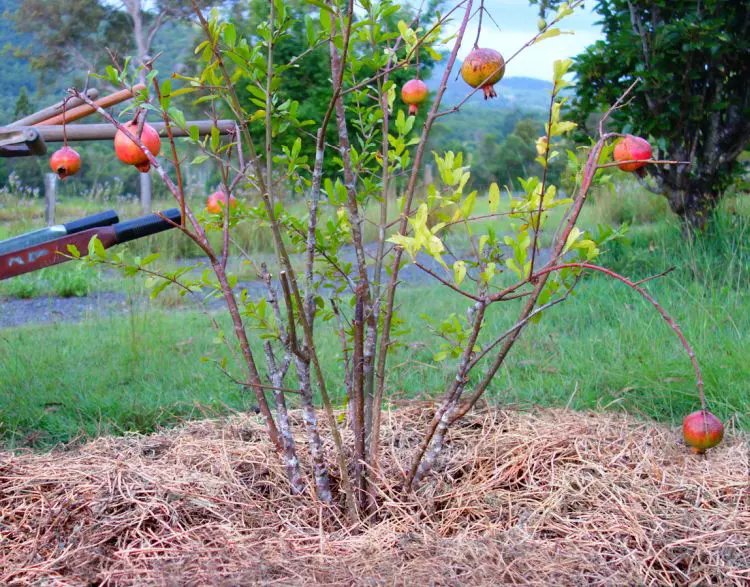
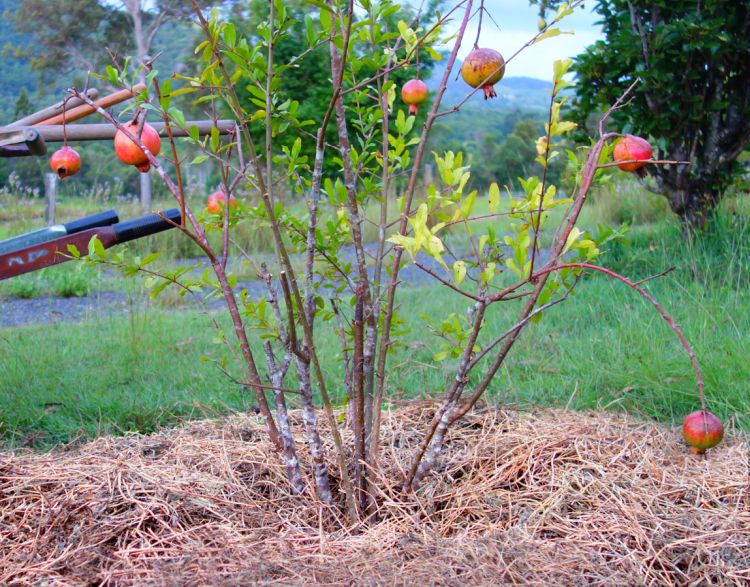
Mulch in the wet season can be both a help and a hindrance. This is true whether you garden in the ground, in pots or in raised beds. As much as mulch will help cool the soil, it can mat down & turn slimy underneath or go hard and prevent moisture penetration. Always check under your mulch to ensure it is working for you and not against you.

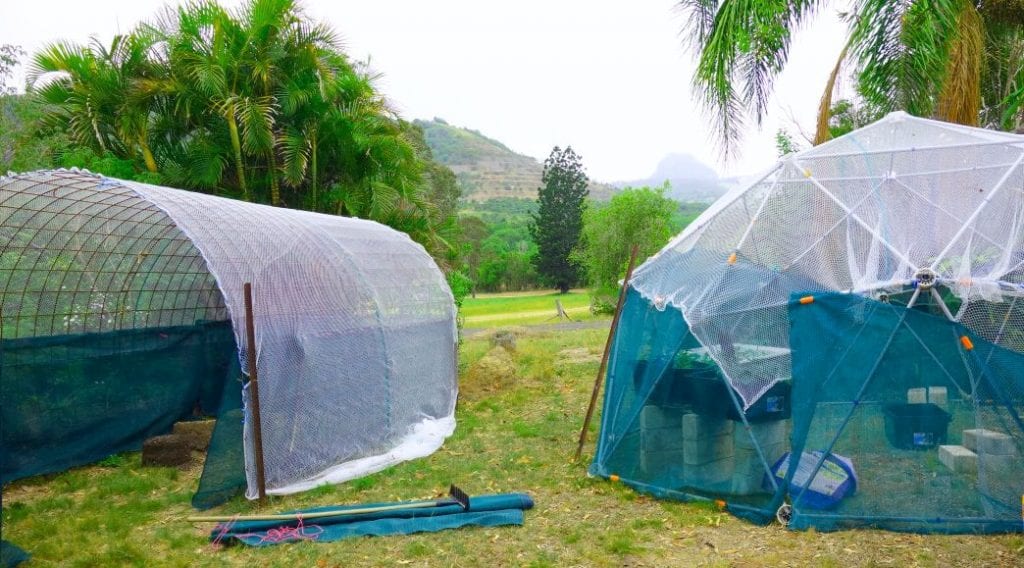
Shade can be another tricky issue. We know plants need plenty of sunshine, but sometimes the sun is too intense. A light shade cloth of maybe 20% or even two layers of knitted bird net stretched over tall stakes can alleviate the burning heat of the tropical midday sun. It is only needed for the middle of the day (11-2pm) and will take the sting out of it for the plant. This is a particularly useful strategy for freshly transplanted seedlings or fruiting plants with a young crop. Tomatoes, too, can be quickly burned and almost cooked by the extreme midday sun. Plants with fleshy green leaves like lettuce and beetroot can also succumb to the suns intensity.
With this year bringing far more rain for many parts of Australia, many folks are dancing with glee growing better produce. I hope you can stash some fruit and/or veg away for winter!

